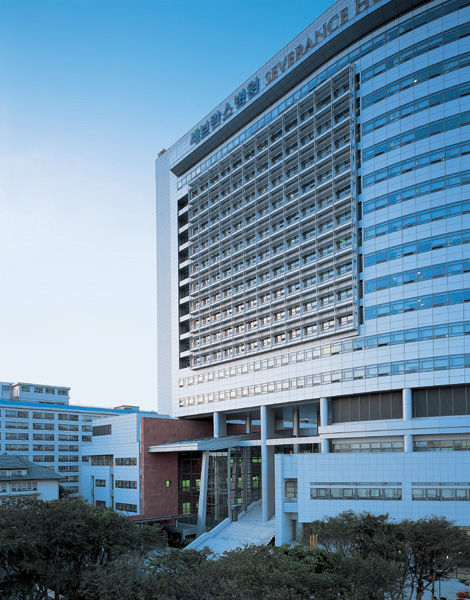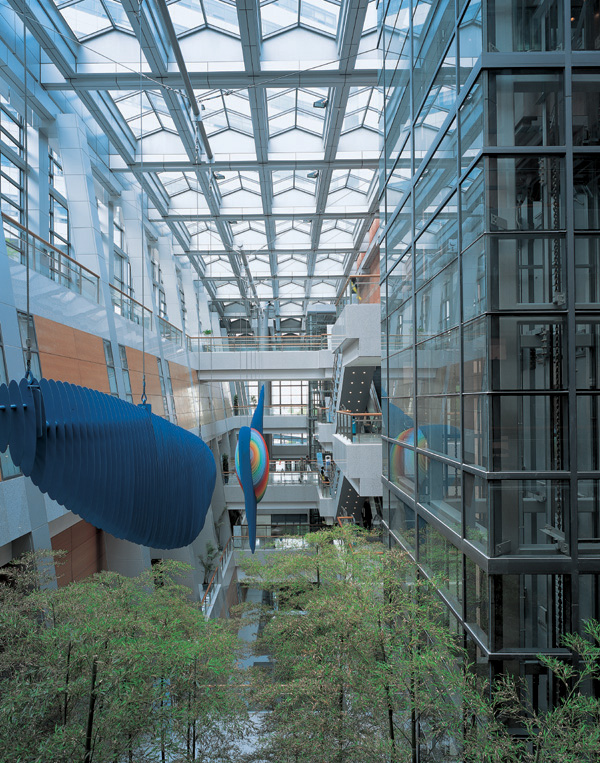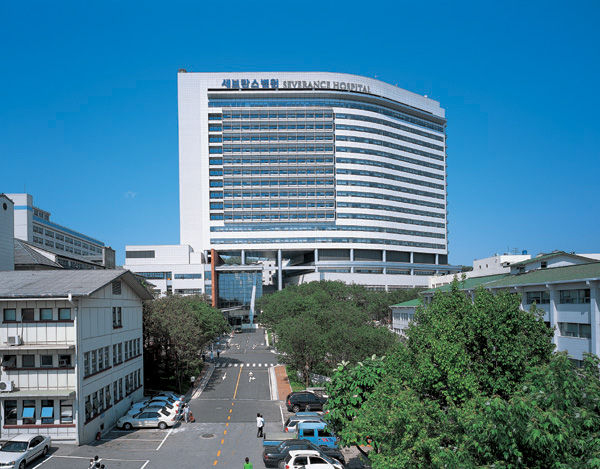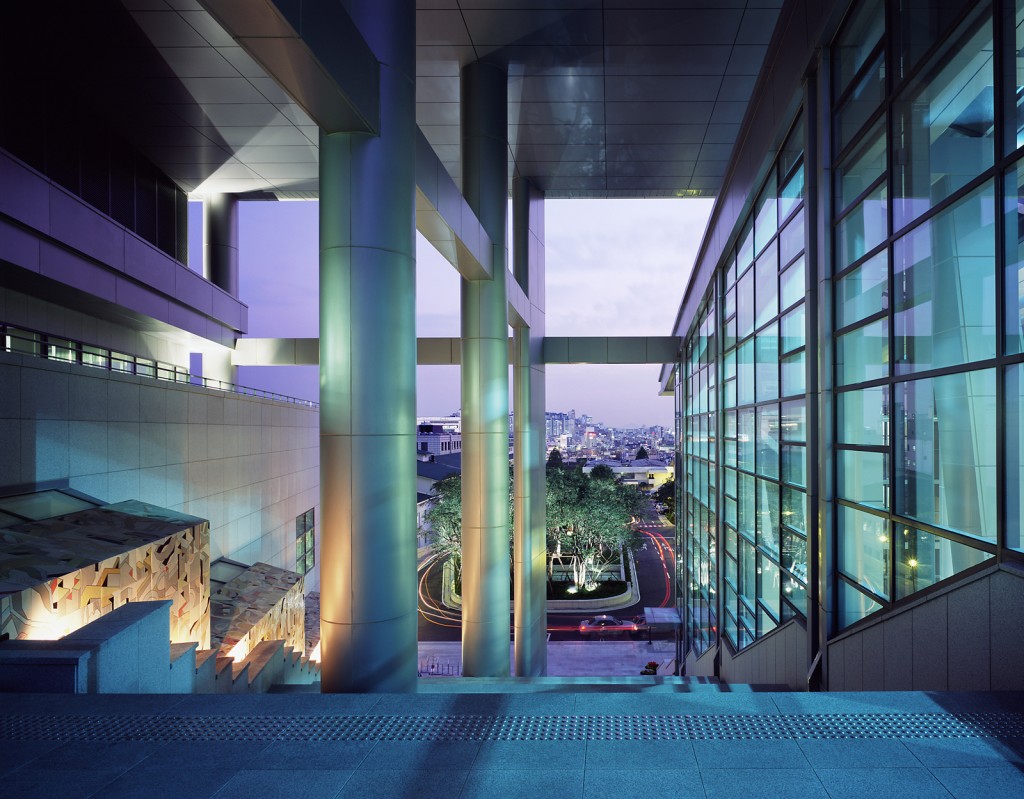This was the first western-style hospital in Korea. The client asked that the new Severance Hospital reflect an environment of well-being, incorporate cutting-edge technology, and be worthy of drawing visitors from all over the world. He hoped that when people visited, “they would be moved to tell others.”
When embarking on the design of this 1,000-bed hospital, Mic Johnson established a design team philosophy: “Throughout the design process, especially when working in a place with a cultural history different from our own, the spaces that serve the building’s function should be constantly measured against both present and historical cultural conditions. Whether inside or outside, campus or urban, if the resulting building is going to fit into this place, it must touch all aspects of the soul of the culture.”
Mic’s team immersed themselves in the culture and learned how medicine was practiced in Korea, and how landscape, architecture and society were integrated. Examples of traditional architectural elements were found in city gates, temple and palace grounds, and monuments and temples in the countryside. Each of these had very specific characteristics as to how they were encountered in the landscape, and in terms of the sequence in which they unfolded into view. The design team took these traditional elements and translated them to a modern hospital.
In the Yonsei Severance Hospital, this translation can be seen in the orientation and organization of architectural elements on the landscape, the procession through those elements, the geometric relationship between architectural elements, and the order of construction relative to materials and systems. The result was very traditional path through a very high-tech hospital context from the sequence from the site entry, through the atrium and up the grand stair connecting the lower and upper campus together, which was all framed against the south face of Moo-Ahk Mountain.
To reinforce both a cultural understanding of landscape and the complex healthcare program of an academic medical center Mic’s team organized the hospital planning components into five primary components that house the main operational elements of the program and the major circulation elements through which they connect. Each element relates in a particular way to the immediate environment and local culture and traditions through the use of scale and materials.
Location: Seoul, South Korea
Size: 1,600,000 square feet; 1,006 beds
Completion date: 2005
Architect of Record: Junglim Architects
Mic Johnson was Design Principal for the Yonsei University Severance Hospital while with Ellerbe Becket.




